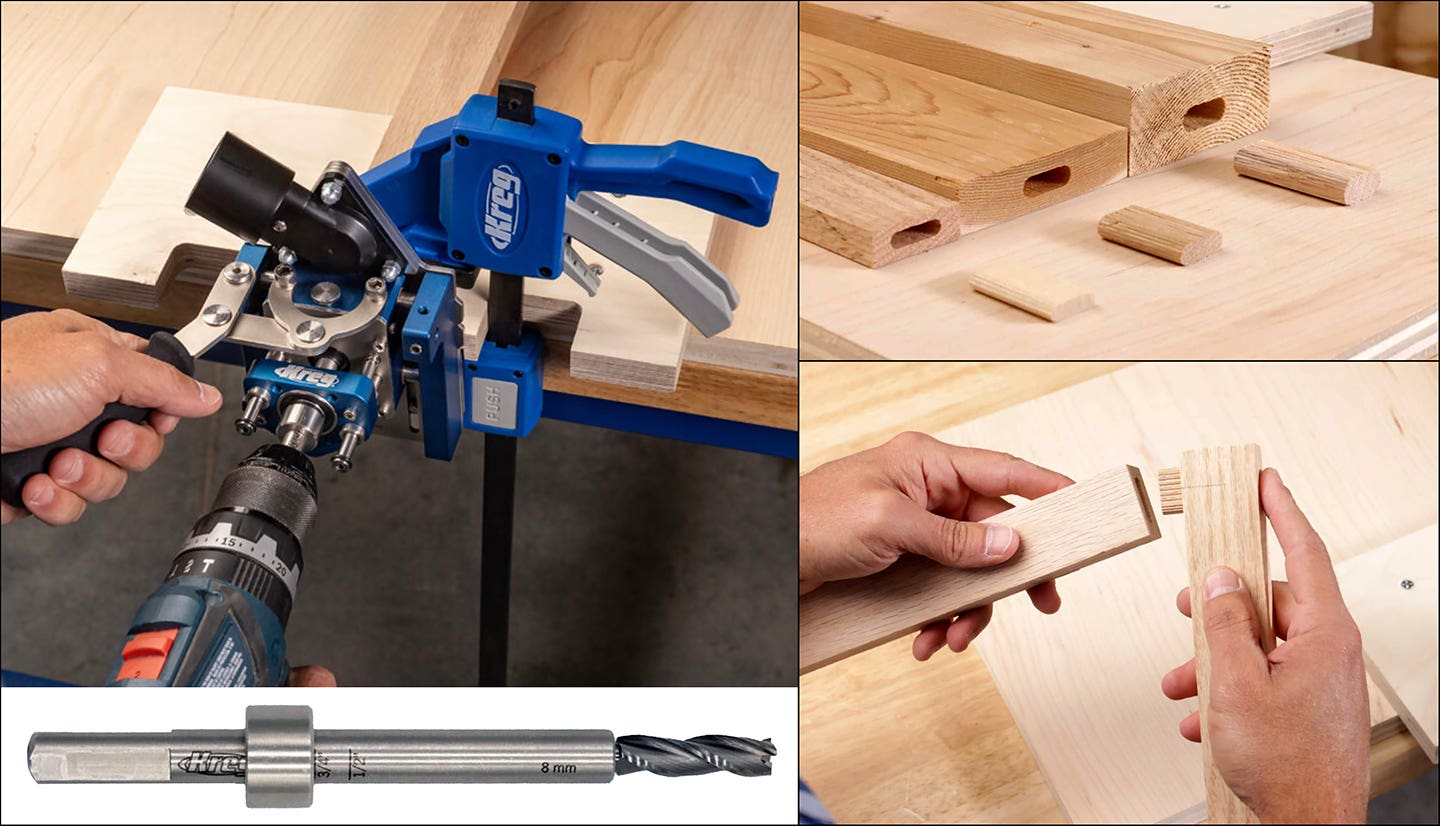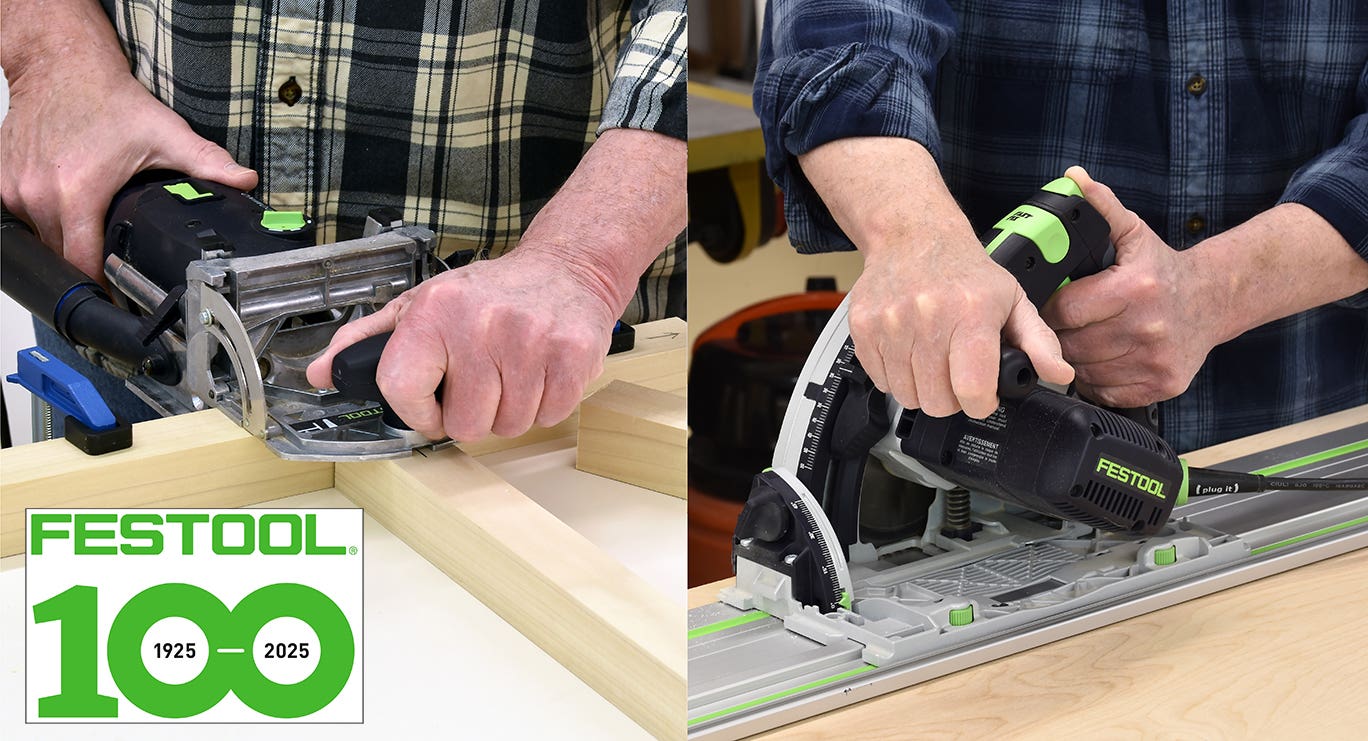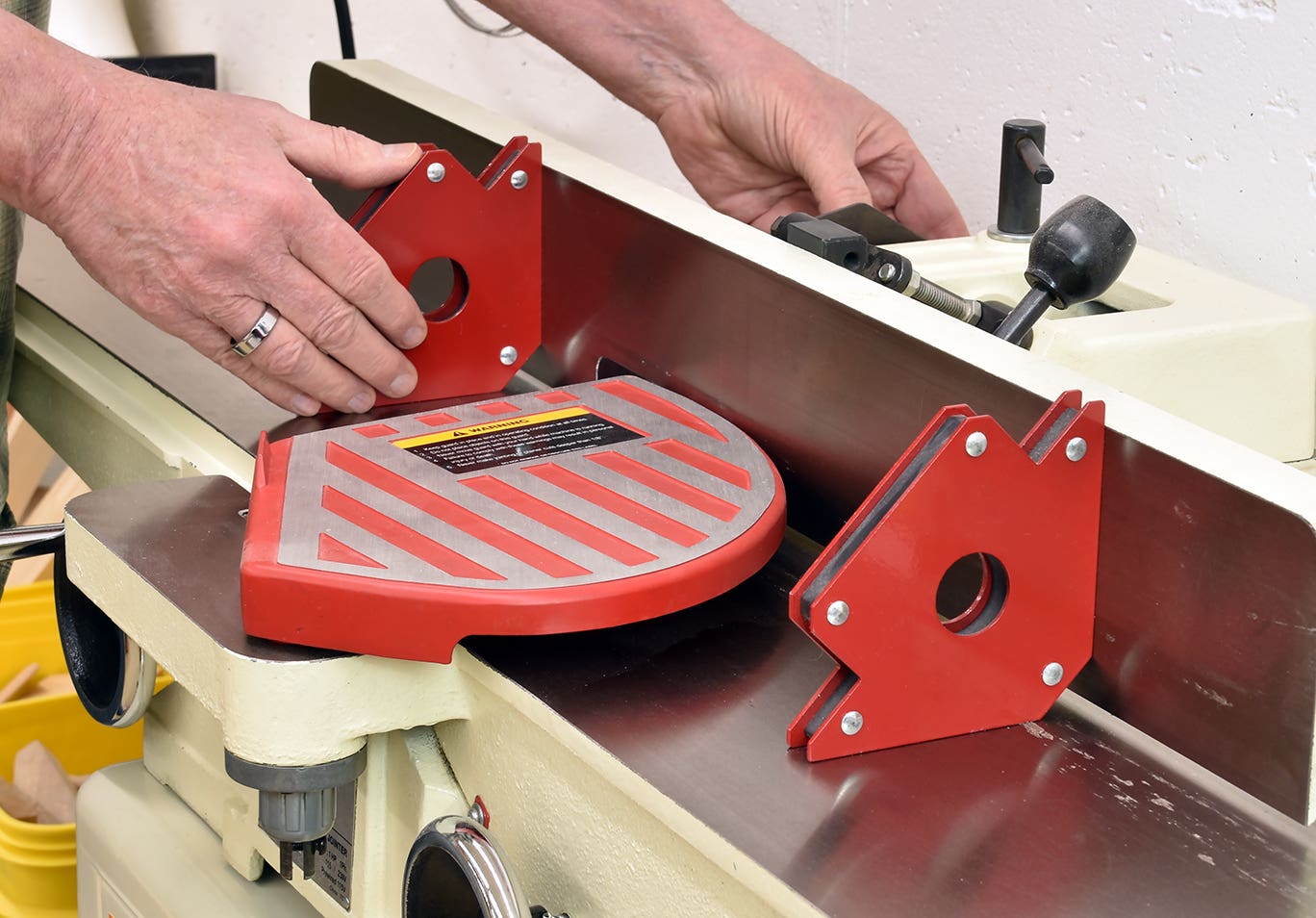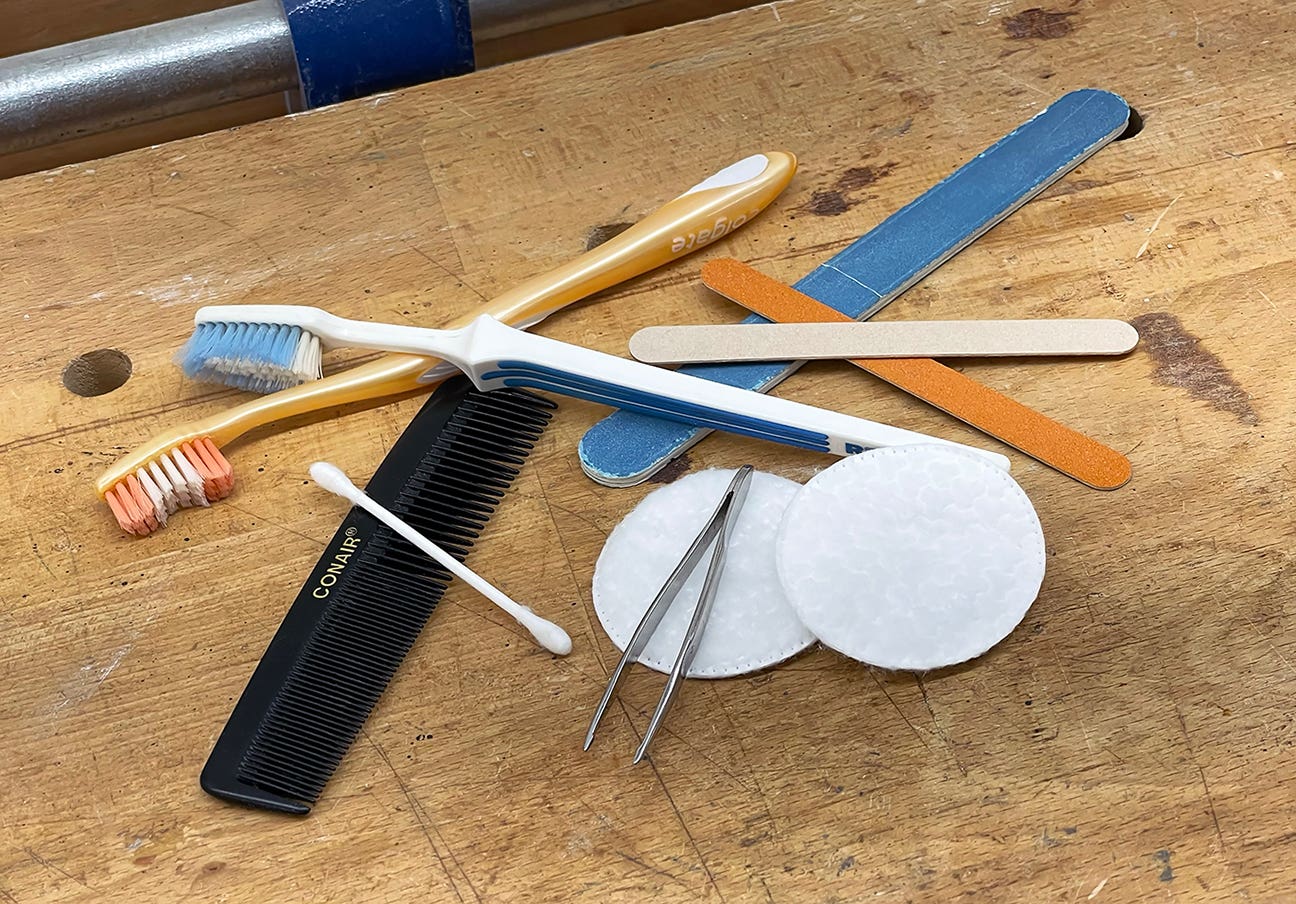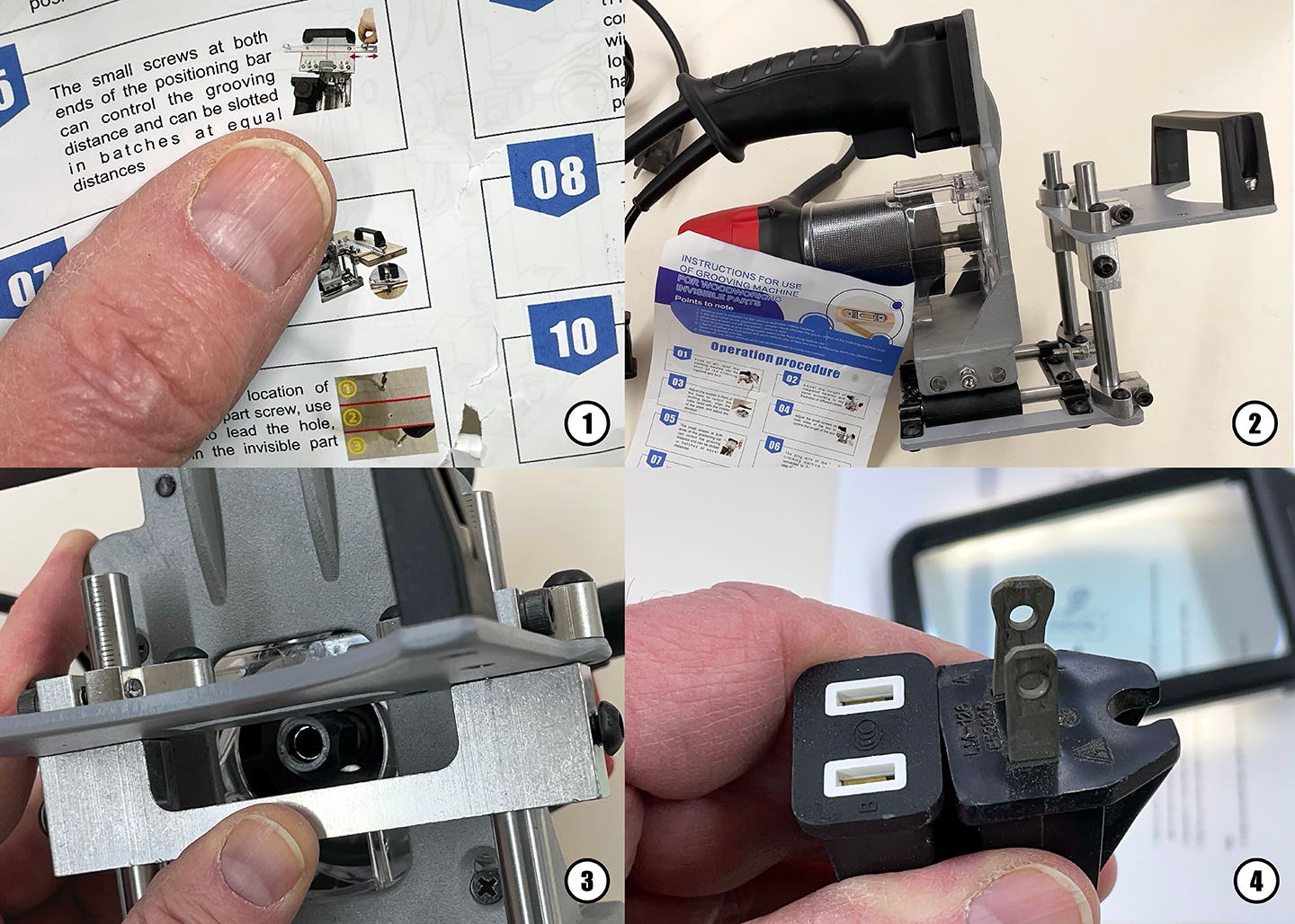Treating mold and mildew
With the recent hurricanes in Texas, Florida and Puerto Rico, you must have looked at some of the pictures and thought, mold and mildew are going to be really big problems.
With the recent hurricanes in Texas, Florida and Puerto Rico, you must have looked at some of the pictures and thought, mold and mildew are going to be really big problems. Of course, many of the buildings will have to be taken down to the studs, or even taken down entirely, but there will also be lots of damage to furniture. The problem in both cases will be not just how to stop the growth of the mold and mildew – dry conditions will take care of that – it will be how to kill the spors.
The terms “mold” and “mildew” describe the same phenomena: a furry growth of tiny fungal hyphae, which are the branching filaments typical in a fungus. We tend to use these terms in different contexts. For example, we call the fungus growth on the side of a building or on a deck mildew. But we call the fungal growths that are used to make antibiotics mold.
There are tens-of-thousands of types of mold, and the spores of the various molds are found almost everywhere in our environment, both outdoors and in. Some are harmful to people with low immunity, causing headaches, allergic reactions and breathing difficulties.
To have a mold or mildew problem, four elements must be present: the spores themselves (they are everywhere); food (which can include almost everything, but especially anything organic); warmth (which is everywhere humans find comfortable for living); and moisture. Clearly, of these four, the element that is easiest to control is moisture.
In situations like those in Texas, Florida and Puerto Rico, mold and mildew thrive. They also thrive in locations with high humidity, places where there are leaks (as from pipes or a hole in a roof), and basements and other areas where low temperatures can cause condensation to form.
Buildings can become so contaminated with mold that they have to be torn down. This is the case with many buildings hit by the hurricanes. The problem is that mold gets in behind the walls and under the floors where it can’t be easily removed. Telltale signs of a serious mold problem are visual discoloration and a musty odor.
Furniture and woodwork
Fortunately for us, woodwork and furniture rarely present an insurmountable mold problem. Mold can almost always be cleaned and removed from wood surfaces or, in the case of a lingering musty odor, at least masked. On upholstered furniture, the decorative surface material and even all the padding materials can be replaced.
The first step with any woodwork or furniture is to dry out the wood (and upholstery) and lower the humidity if it is exceptionally high.
When the object is dry, the visual evidence of the fungus should be removed. This can be done by washing with detergent and water or, sometimes, by vacuuming. Neither kills the spores, however, and they will grow back if the humidity is high enough.
So the best way to treat mildew on furniture and woodwork is to wash with a commercial biocide sold for this purpose, or with a mild solution of household bleach and water. Use about two cups of bleach to one gallon of water. Because you are actually washing a finish or paint that is on the surface of the wood and not the wood itself, there won’t be any bleaching or lightening of the color.
Removing the spores and then placing the object in normal indoor conditions should prevent the reappearance of the problem. But there may be some visual damage to the finish, and a musty odor may still be present.
Damage to the finish
The mold may have dulled or pitted the finish. There are two ways to repair this problem short of stripping and refinishing: cut back and level the surface of the finish with abrasives and rub what is left to the sheen you want; or add more finish on top.
Both can be done in sequence on the same object, of course. Cut the finish back to level the pitting, then add more finish on top. Or apply more finish, then level the surface.
Any finish can be applied on top of any other finish, or paint applied over a finish, or finish applied over paint. The necessary conditions for success are that the surface of the existing finish or paint be clean and dull. That is, all dirt, grease and wax must be removed and there should not be any remaining gloss. Coatings don’t bond well to gloss surfaces.
You can use a strong detergent, ammonia or TSP (or TSP substitute) and water for cleaning, and you can use an abrasive such as steel wool for dulling. But you don’t always have to perform two steps to achieve both clean and dull. Sometimes the detergent, ammonia or TSP dull as well as clean the surface. Likewise, because abrading removes the surface of the finish, cleaning is usually accomplished along with the dulling.
The type of finish you must be careful using is one that contains lacquer thinner. This thinner is strong enough to blister many coatings if applied wet, including nitrocellulose lacquer.
If you are using a finish that contains lacquer thinner, spray light (dust) coats at the beginning, or apply a barrier coat of shellac first. The lacquer thinner won’t blister the shellac, and the shellac will offer enough of a barrier to protect the coating underneath as long as you don’t wet the surface excessively with lacquer thinner.
Musty odor
A musty odor may still linger on objects such as chests-of-drawers and tables with interior or hidden surfaces. There are four good methods for removing this odor.
Begin by washing all the surfaces you can get to with the commercial biocide or a weak solution of household bleach and water. If some odor remains after the surfaces have thoroughly dried, coat all the surfaces you can get to with shellac. Shellac provides an excellent barrier to all types of odor.
If you still have a problem (usually because there are places you can’t get to), try one or both of two remedies: place some charcoal bricks in drawers to absorb the odor; or mask the musty odor with a pleasant one by spraying a scented deodorant onto the interior or hidden surfaces.
Bob Flexner is author of Understanding Wood Finishing and Wood Finishing 101.
This article originally appeared in the November 2017 issue.


